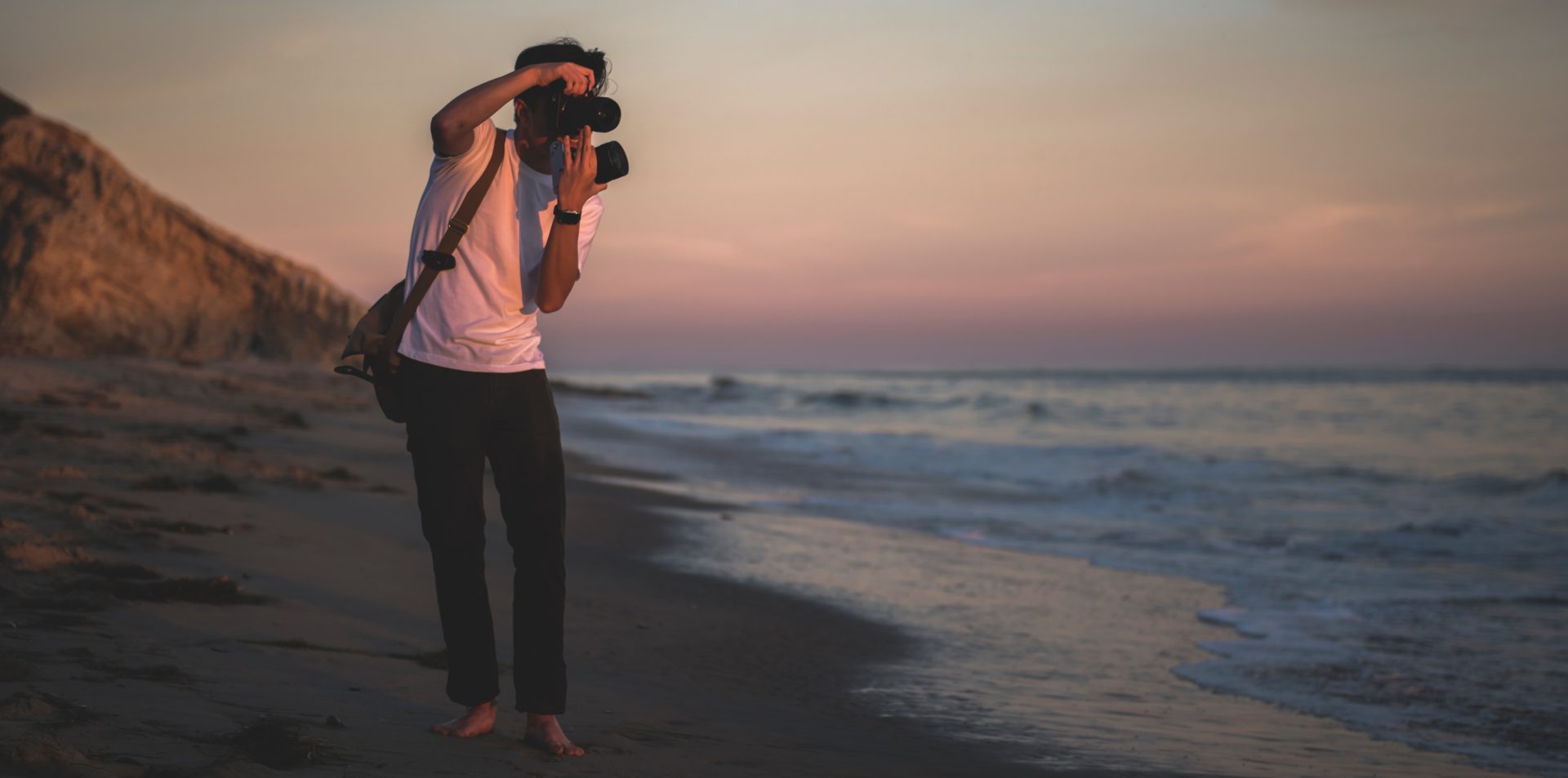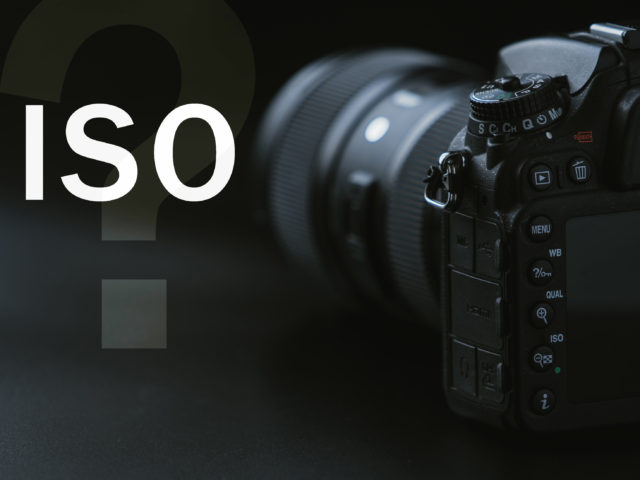What is ISO in photography? Is it pronounced “eye-so,” “eee-so,” or “I-S-O?” What does it mean concerning your photography? Well……let’s look into it, shall we?
ISO works like a gain setting, digitally boosting or decreasing the brightness of your photos. It is used when you have set an appropriate shutter speed and aperture but are still not getting the correct exposure. High ISO values produce digital noise but there are ways of overcoming this.
Continue reading to learn more about ISO and how to use it with your photography. By the end of this article, you will have a much better understanding of this camera setting. You will be able to use it confidently to get great images.
What Is ISO In Photography?
Put very basically, as this is a photography tutorial for beginners, it is the setting on your digital camera that will brighten or darken your photos. It works in combination with the shutter speed and aperture you choose to determine the exposure of your image.
The higher the number you choose, the brighter your image will be. Don’t go getting too excited though – higher ISOs will brighten your photos but in doing so, they introduce a lot of noise or grain into your photo. Some high settings can leave the image unusable.
See the example below with the same image taken at different ISO settings. I took the photos at the same Aperture and Shutter Speed, and just adjusted the ISO in each, so you can see the effect it has.
If you are confused about Aperture and Shutter Speed, you might want to read my blog posts; What Is Aperture In A Camera?, and How To Use A DSLR Camera – The Basics Of Exposure.

Base ISO and High ISO settings
In this photo I used the highest ISO my Nikon D5200 has, which is equivalent to 25600 and I exposed the photo correctly. This shot clearly shows you the noise introduced by using high ISO settings.
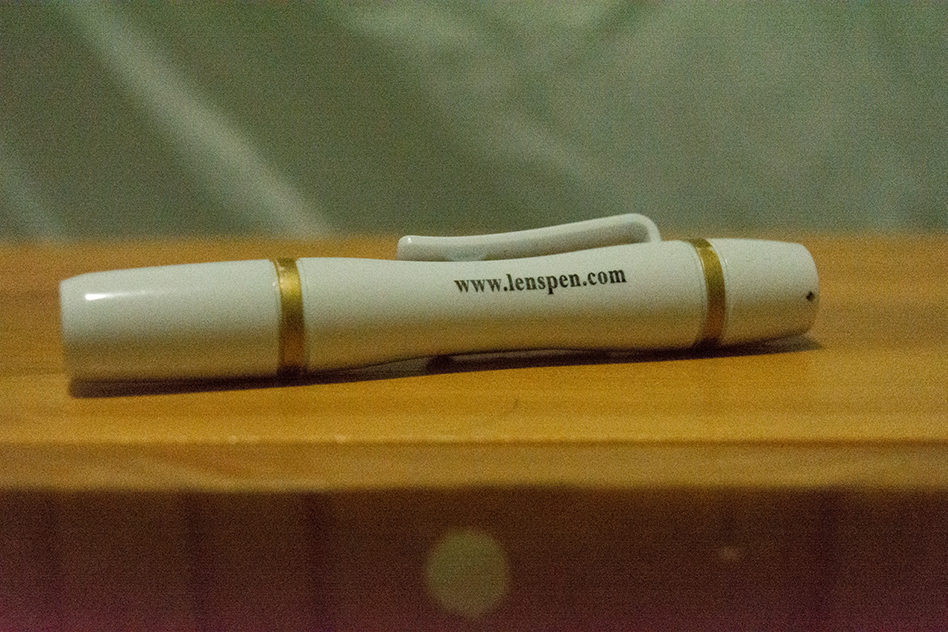
The lowest ISO your camera can produce is considered the “base ISO” for that camera.
Don’t think that just because the highest ISO will produce the most noise or grain the lowest ISO will give you a photo with no noise or grain at all. The base ISO on my Nikon D5200 is 100, and though it produces a very clean image, some noise is still present.
The amount of noise you get in your photos will also be determined by the amount of light present in your scene and how well you expose the image.
When to use ISO in photography?
So how do you know when to use a low ISO number and when to use a high one? Well, logic would tell you that you should always choose the lowest possible so that you can get less noise in your photos, right? Well yes………but it is not that simple. And this is one of the photography basics that are so important to understand.
The ISO you choose will depend on the amount of light available in your scene and also what you are taking a photo of. Let’s look into a couple of examples.
Imagine you are taking a landscape photo such as the one below. It’s the middle of the day, the sun is high in the sky and there is plenty of light around. In this case, and with any landscape photo for that matter, you should choose your base ISO.
When there is a lot of light like this, you can usually take the photo hand-held as the bright scene will allow you to choose a fast shutter speed along with your base ISO, so you avoid camera shake in your photo.
(For more information on Camera Shake, watch one of my photography how-to videos “How To Take Sharp Photos Part 1” on YouTube).
I would suggest always using a tripod when taking landscape photos as this way you can always use the base ISO because you can choose any shutter speed, no matter how slow (as long as your subject is not moving).
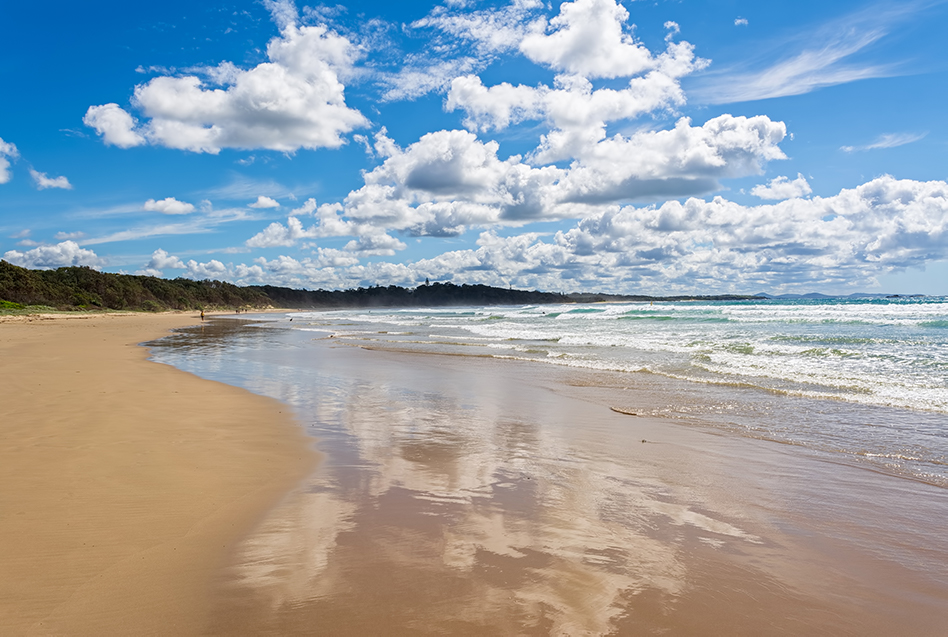
Using a higher ISO for bird photography
Now with this image of a Square-Tailed Kite, it was around the same time of day and the sun was out, so I had a good amount of light.
To capture the bird frozen in the air like this, however, I needed to use a faster shutter speed. I had to raise my ISO to 400. With my ISO at 400, I could use a shutter speed of 1/1250th of a second and freeze the bird as it flew by.
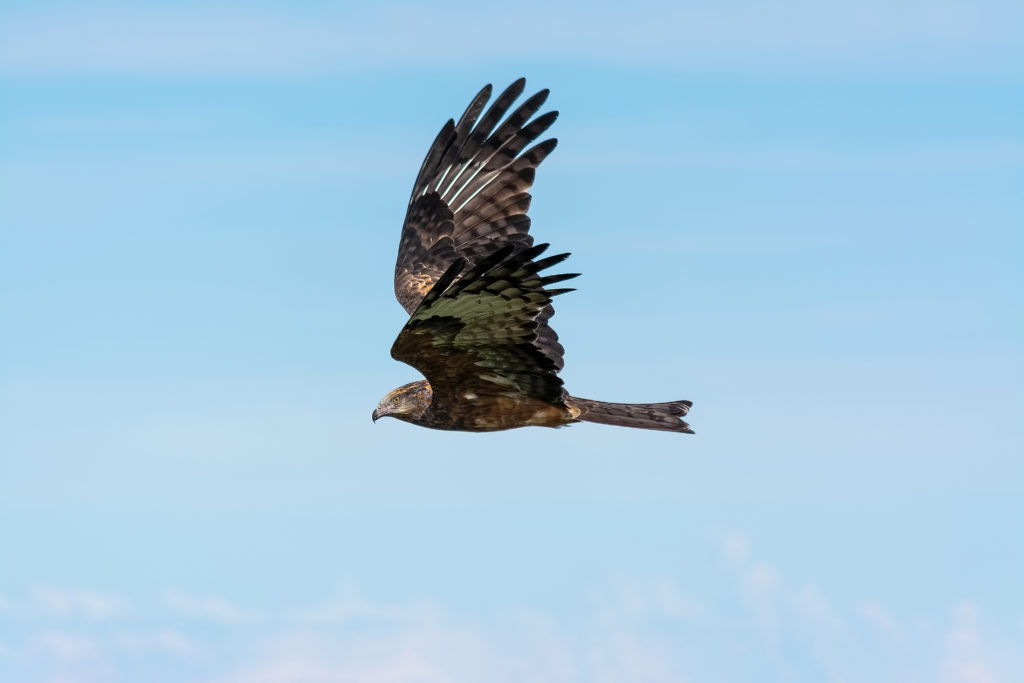
There is no general rule about what ISO you should use in what situation. It is really up to you to choose what works best for the situation you are in. If you can though, I always suggest trying to use the lowest you can.
If you have to use a high ISO and get noisy photos, try Topaz Denoise. This is a noise-removal plugin for Photoshop and Lightroom. I have used it for years and love it. You can try it free for 30 days from the Topaz website, so I suggest you give it a go.
What Is ISO in Photography Conclusion
So that answers the question “What is ISO in photography?” But………….is it pronounced “eye-so,” “eee-so,” or “I-S-O?”
Well, and I’m sorry to burst your bubble here, but…………. Despite common belief, it is NOT an acronym and therefore shouldn’t be pronounced “I-S-O.”
It is the nickname of the International Organization for Standardization. They are responsible for standardizing film and digital camera sensitivities, among other things.
It comes from the Greek word isos, meaning equal. They chose not to use an acronym as it would be different in different languages. I say “eye-so” but you can choose which way you like best – there is no right or wrong way.
Thanks for reading my What Is ISO In Photography Good For Anyway blog. If you enjoyed it, please share it. Also, leave a comment below.
